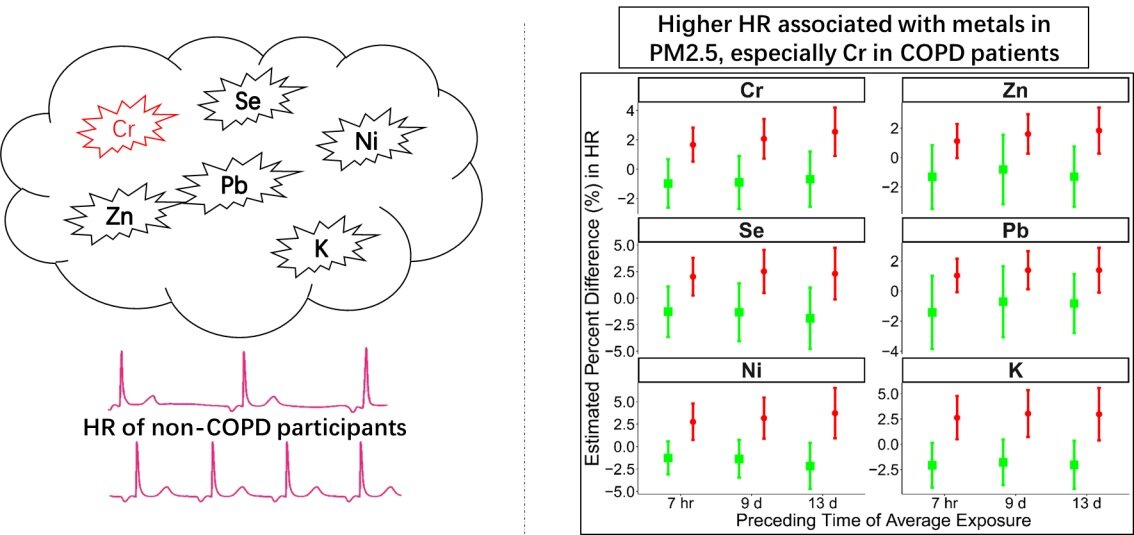#Why 2020 social-distancing rules are so outdated: scientists

“#Why 2020 social-distancing rules are so outdated: scientists”
August 26, 2020 | 4:20pm

People are seen practicing social distancing within white circles in Brooklyn’s Domino Park on May 17, 2020.
AFP via Getty Images
In an analysis published Tuesday in health-care journal the BMJ, a group of British and American scientists make the argument that current social-distancing protocol is based on old research and far too basic.
“Safe distancing rules are an oversimplification based on outdated science and experiences of past viruses,” study authors wrote. “Physical distancing is an important part of measures to control COVID-19, but exactly how far away and for how long contact is safe in different contexts is unclear.”
While 6 feet has become the blanket distance people believe they need to maintain to not contract the coronavirus, the amount of space required to ensure safety is situational and dependent on the size of droplets humans are breathing out.
Today’s distancing protocols originate in the 19th century. In 1897, German hygienist Carl Flügge proposed 1 to 2 meters (3 to 6 feet) as the distance pathogen-containing droplets could travel. A 1948 study found that only a small minority of droplets traveled this distance, but the number became further entrenched in science anyway.
But this number is misleading — certain low-risk activities can be done safely at a much closer distance while some high-risk activities, such as indoor parties, require even more space apart to ensure pathogens can’t be spread. And coughing and sneezing make droplets travel much farther, no matter the precautions taken.
“These results suggest that SARS-CoV-2 could spread beyond [3 to 6 feet] in a concentrated packet through coughs or sneezes,” the authors wrote.
Researchers created a graph to show the amount of risk different activities involve.
One key takeaway from the graph is that face coverings in any situation lower the risk.
Interactions where all parties wear face coverings, are asymptomatic and in a low occupancy outdoor area or a well-ventilated indoor one are considered low risk, even for prolonged periods, so long as no one elevates their voice to shouting or singing. It’s only once face coverings come off in high occupancy, indoor areas for prolonged periods that transmission risk becomes high.
Study authors suggest not using 6 feet as a catch-all safe distance, but instead applying a situation-based distance protocol, dependent on the risk level of the activity.
“Instead of single, fixed physical distance rules, we propose graded recommendations that better reflect the multiple factors that combine to determine risk,” they wrote. “This would provide greater protection in the highest risk settings but also greater freedom in lower risk settings, potentially enabling a return towards normality in some aspects of social and economic life.”

Getty Images

Getty Images

Getty Images
If you want to read more Living News articles, you can visit our General category.
if you want to watch Movies or Tv Shows go to Dizi.BuradaBiliyorum.Com for forums sites go to Forum.BuradaBiliyorum.Com




